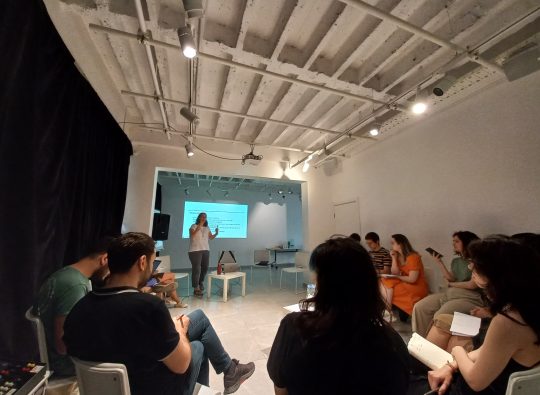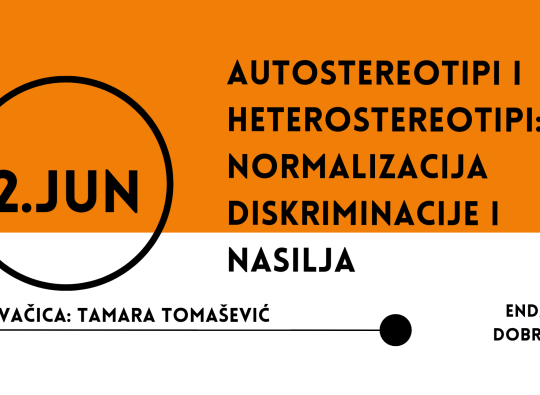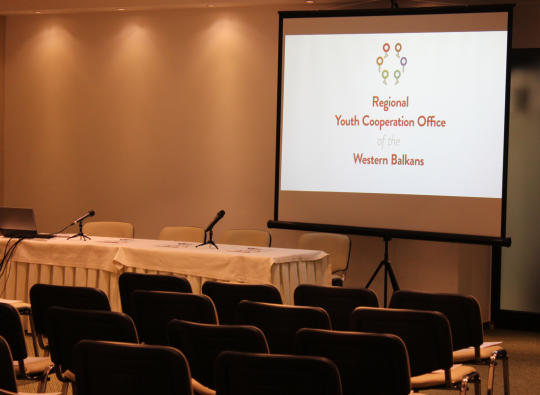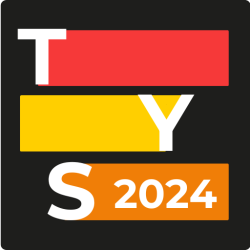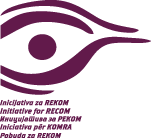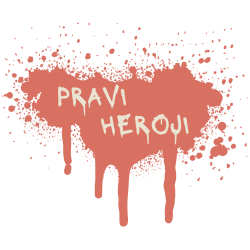For two days, a group of 13 young people from different parts of Serbia (Rekovac, Surdulica, Niš, Novi Sad, Šabac, Belgrade, Čačak) had an opportunity to learn and discuss causes and consequences, as well as different policies of remembering/forgetting the NATO intervention in the Federal Republic of Yugoslavia.
On the first day of the workshop, historian Marijana Toma talked with the participants about mass violations of human rights and war crimes in Kosovo (1998-1999) and about the political context prior to the NATO intervention, both in Serbia and in international relations. She presented facts on the basis of court judgments and statistics of human losses during the war in Kosovo (Kosovo Memory Book), as well as Humanitarian Law Centre’s data on human losses during the NATO intervention.
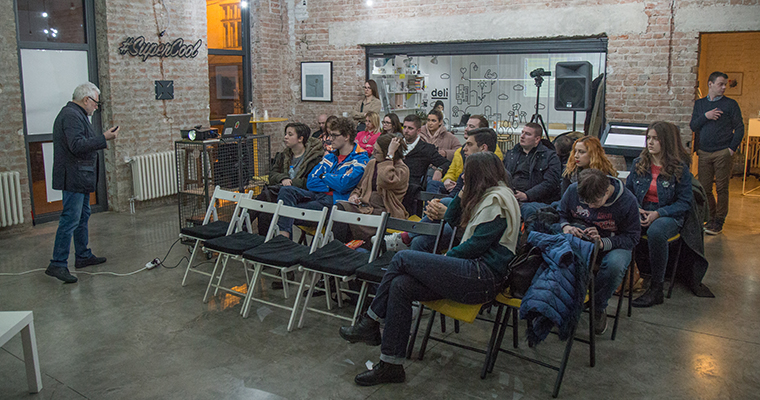
According to this list, 754 persons were killed in the NATO attacks, of whom 454 civilians and 300 soldiers. Among civilians, 207 were of Serbian and Montenegrin nationality, 219 were Albanians, 14 were Roma and 14 belonged to other ethnic groups. As far as military casualties are concerned, 274 soldiers of the Yugoslav Army and the Police and 26 soldiers of the Kosovo Liberation Army (KLA) were killed.
Next, the participants talked with Miloš Hrnjaz, Assistant Professor at the Faculty of Political Sciences, Belgrade University, about the legality of the 1999 NATO intervention from the perspective of international humanitarian law. Thus, they had the opportunity to learn about the legal framework of legality of the use of force, the bases of legality in this case and different considerations regarding whether the 1999 NATO intervention was really humanitarian.
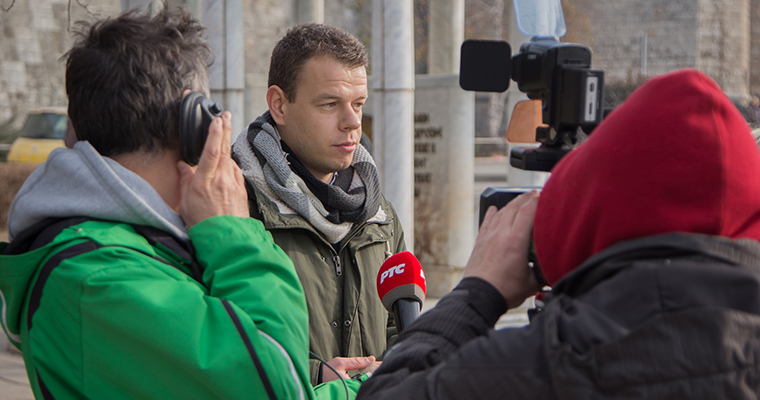
On the second day of the workshop, the participants visited locations in Niš that were bombed on May 7 and 8, 1999 (Šumatovačka Street, the Flower Market, Intercity Bus Station) and talked with Marko Milosavljević from YIHR about memorials and remembrance culture and the status of civilian victims of war. Let us remind you, on May 7, 1999, NATO forces threw cluster bombs on civilian targets in Niš, injuring 18 and killing 16 persons. Within a walk in memory of the victims of 1999, the participants put flowers on the monument of the civilian victims of NATO intervention in Niš.
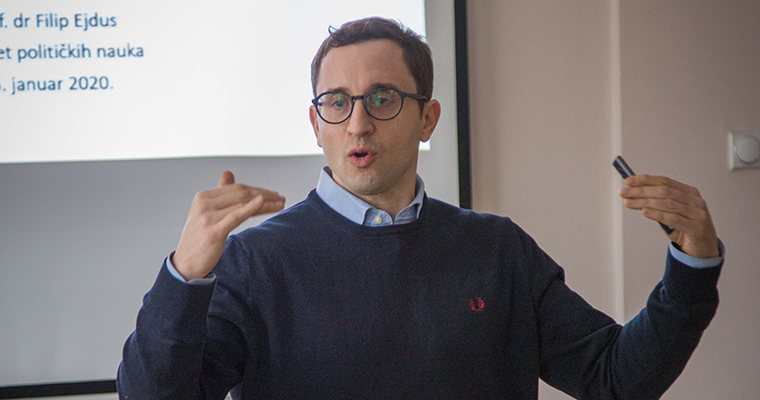
The next lecture on the topic of remembrance policies was delivered by Filip Ejdus, Associate Professor at the Faculty of Political Science, Belgrade University. Through the concepts of historical and collective remembrance, the regimes of truth, trauma and selected trauma, he explained that after October 5, 2000, “the regime of Milošević’s truth” about the NATO intervention was restored and such regime of truth has been less and less disputed, while the trauma in society increased. According to Professor Ejdus, after 2015, this regime of truth was quickly incorporated into an official policy of remembrance, mostly through central state commemorations on the day of the beginning of the NATO campaign.
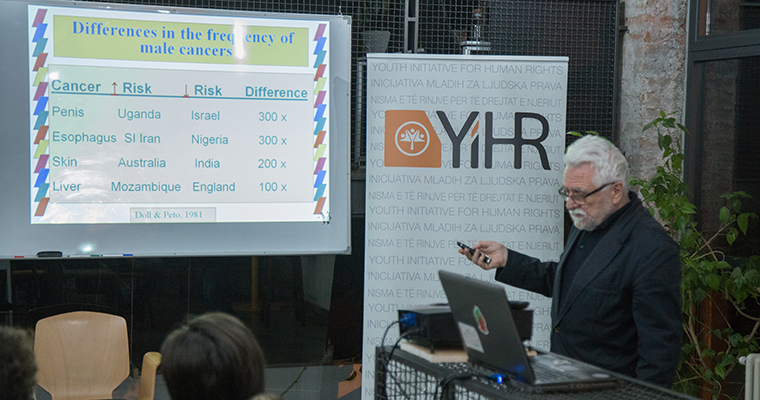
At the end of the two-day workshop, Dr Zoran Radovanović, epidemiologist and president of the Ethical Committee of the Serbian Medical Society, held an open lecture about the myths and misconceptions relating to causal relationship between the NATO intervention and cancer incidence as a consequence of usage of depleted uranium.
Besides the workshop participants, the alumni of the Youth School of Human Rights and the Niš Human Rights Committee representatives also attended this open lecture.
YIHR is organising the next workshop YIHR within the programme “Truth and Reconciliation in Serbia” in Belgrade. The topic of the workshop are paramilitary units in the wars of 1991-1999. Application and eligibility details are available here.


